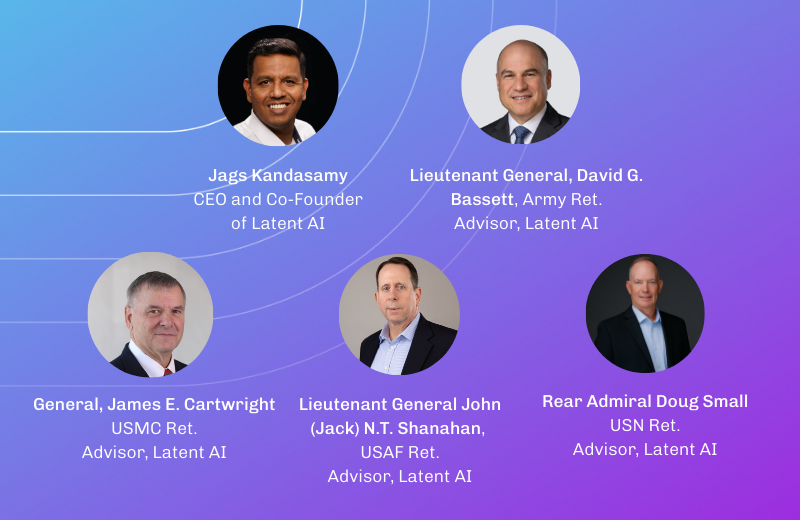When the Cloud Goes Dark: The AI Infrastructure Reckoning
Latent AI CEO Jags Kandasamy to address critical vulnerabilities in cloud-dependent AI at the “Imagination in Action” summit
The technology industry faces an uncomfortable truth: the race to support massive AI deployments is creating unsustainable energy and cost burdens that threaten the viability of cloud-first strategies. Defense organizations have recognized this vulnerability, accelerating edge AI procurement as they confront operational environments where connectivity cannot be guaranteed.
On September 8, Jags Kandasamy, CEO and Co-founder of Latent AI solutions, will address this infrastructure reckoning at the “Imagination in Action: The Next Revolution of AI” summit at Google. His lightning talk, “When the Cloud Goes Dark,” will explore the fundamental question facing every organization deploying AI: what happens when connectivity fails?
Goldman Sachs projects a 165% increase in data center power demand by 2030, driven largely by AI computational requirements. Yet data movement consumes roughly one million times more energy than local processing, a fundamental physics problem that no amount of investment can solve. The hyperscalers’ race to support massive AI deployments is creating infrastructure demands that strain both energy grids and operational budgets. This convergence of escalating costs and physical limitations is forcing organizations to reconsider assumptions about where AI should actually operate.
Defense Organizations Lead the Response
While commercial enterprises grapple with these emerging constraints, defense organizations have moved decisively to address operational vulnerabilities. Pentagon procurement processes that traditionally measured progress in years now accelerate programs in months, driven by the understanding that in contested environments, cloud dependency represents a critical liability.
“The defense sector understood early that when adversaries target communication infrastructure first, AI systems must operate independently,” Kandasamy explains. “This operational imperative is driving fundamental changes in how military organizations approach AI deployment.”
The shift extends beyond procurement speed to strategic thinking. Defense applications require AI that functions when networks are degraded, bandwidth is constrained, and connectivity cannot be assumed – conditions that expose the fragility of cloud-dependent systems.
The Operational Assumptions That Don’t Hold
Kandasamy’s presentation will challenge fundamental assumptions underlying current AI deployment strategies. Most enterprise AI systems assume constant connectivity, unlimited bandwidth, and always-available cloud compute – conditions that rarely exist in real-world operational environments.
“Whether it’s battlefield operations, remote industrial sites, or critical infrastructure management, the environments where AI delivers the most value are often the same environments where cloud connectivity is most fragile,” he notes.
This disconnect between laboratory conditions and operational reality explains why many AI pilots succeed in controlled environments but struggle when organizations attempt to scale them across diverse, resource-constrained deployments.
Don’t Let Your AI Go Dark
At the AI summit, Kandasamy will assert that the current moment represents more than technological evolution; it’s a fundamental reckoning with the operational realities of AI deployment. Organizations that continue building AI strategies around perfect connectivity and unlimited cloud resources risk operational failures when those conditions inevitably don’t exist.
The transformation toward edge-capable AI systems isn’t driven by technology trends, but by the basic physics of energy consumption, the economics of scale, and the operational requirements of environments where AI must actually function.
“The question every organization faces is simple,” Kandasamy notes. “When the cloud goes dark, does your AI go dark too? How you answer that question will determine whether your AI deployment succeeds or fails when it matters most.”
The “Imagination in Action: The Next Revolution of AI” summit takes place September 8 at Google’s Mariposa Grove Building in Sunnyvale. The event brings together leading voices from academia, industry, and government to explore how artificial intelligence transitions from laboratory promise to practical deployment. The summit is hosted by Stanford’s Center for Image Systems Engineering and Human-Centered Artificial Intelligence initiative.





